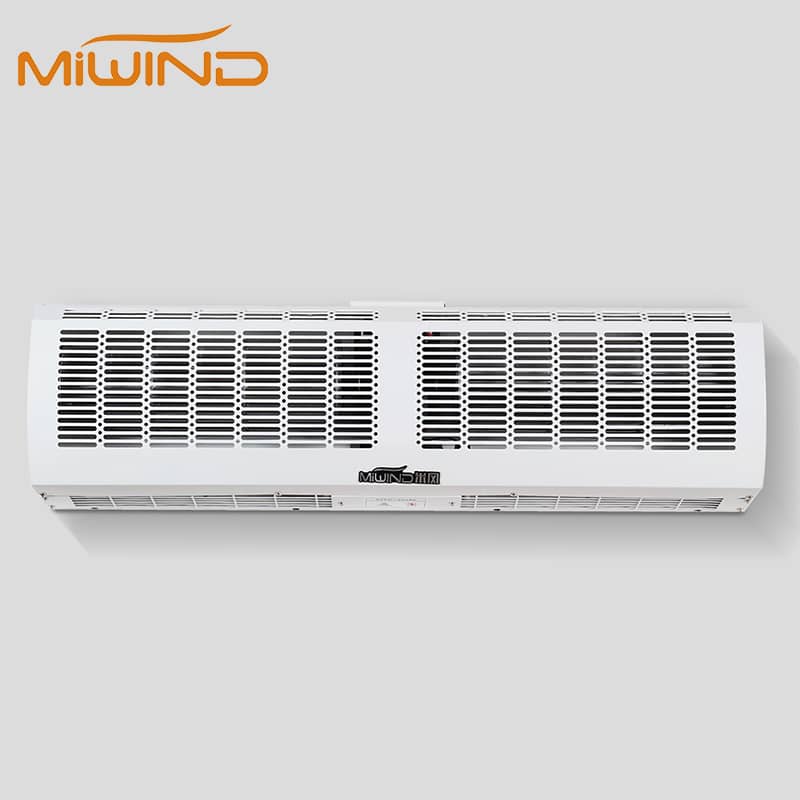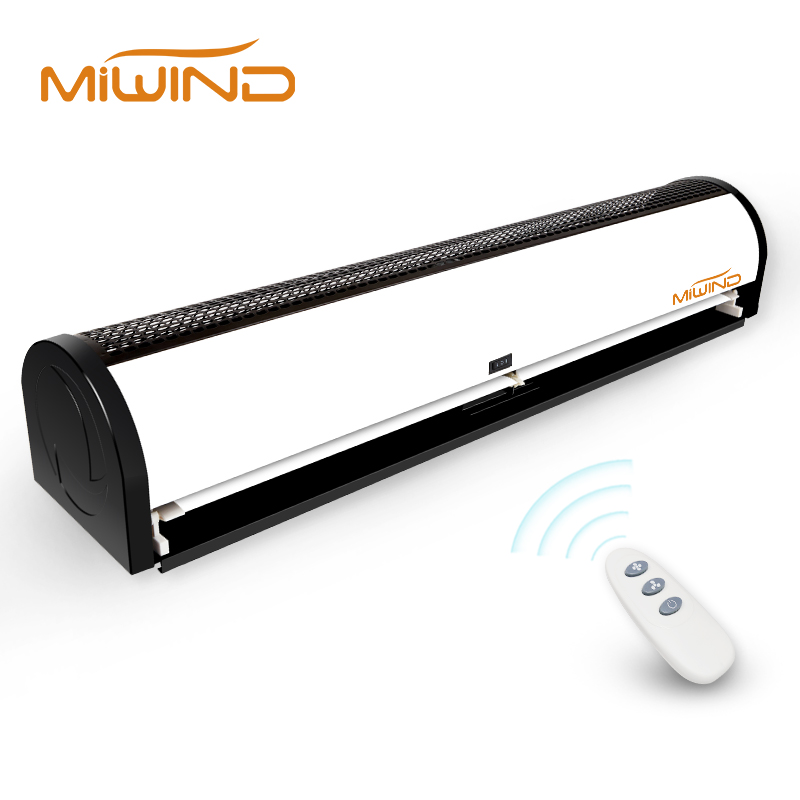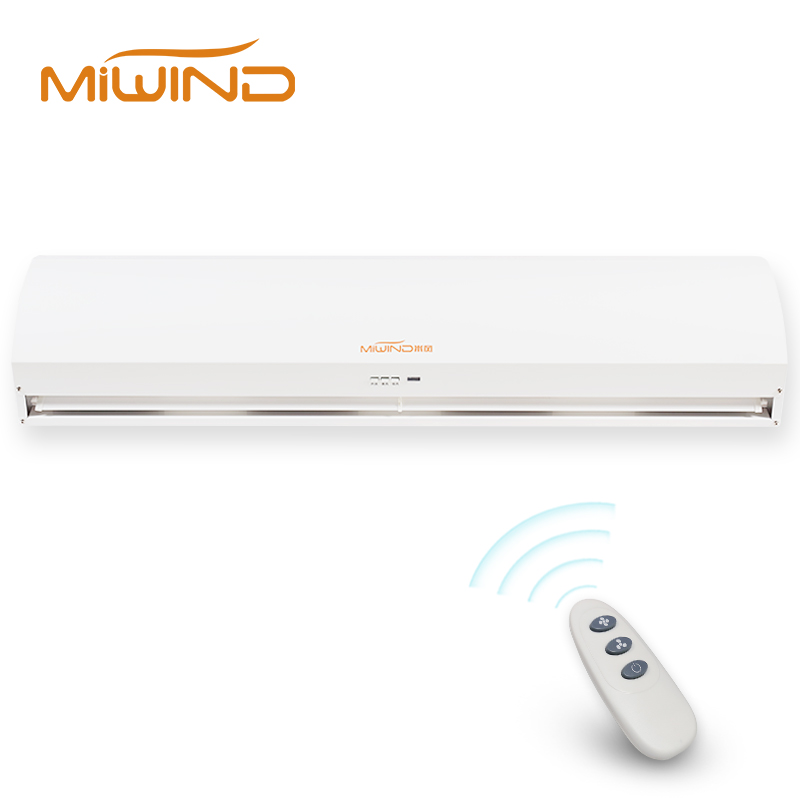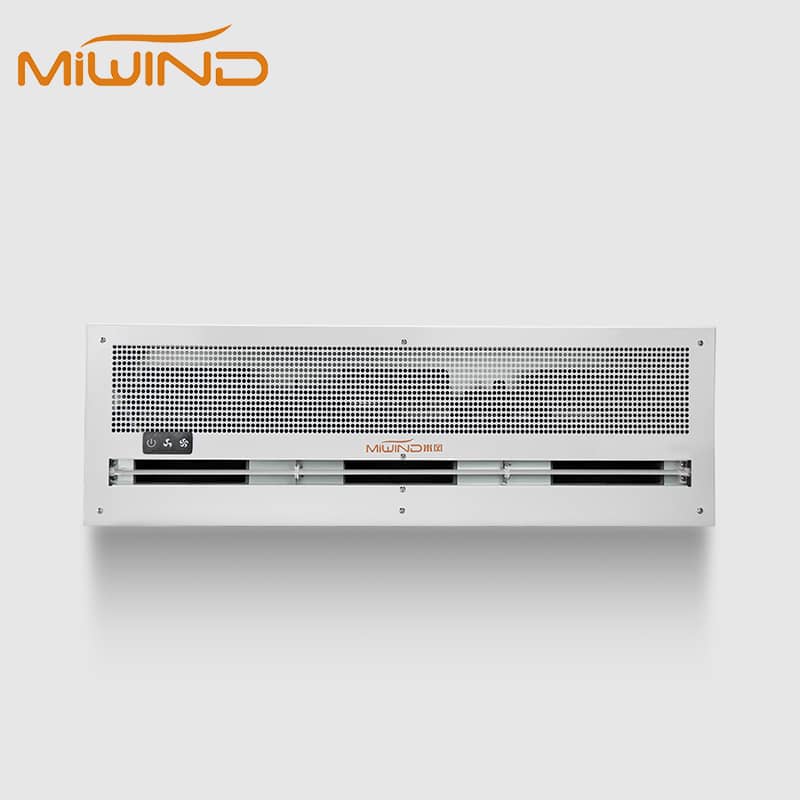
In the quest for sustainable architecture and energy efficiency, air curtains have emerged as a vital technology that helps maintain indoor climate control while minimizing energy consumption. This article explores the functionality, benefits, and applications of energy efficient air curtains, highlighting their role in creating sustainable buildings.
Air curtains are devices that create an invisible barrier of air across an opening, such as doorways or entrances. This barrier prevents the exchange of indoor and outdoor air, thereby maintaining the desired indoor temperature. By minimizing air leakage, air curtains significantly reduce the load on heating, ventilation, and air conditioning (HVAC) systems, leading to substantial energy savings.
The operation of an air curtain involves the use of high-velocity fans that produce a continuous stream of air. This stream acts as a shield against external elements, including cold drafts, heat, dust, and insects. When installed correctly, air curtains can reduce heat loss through open doors by up to 86%, making them an effective solution for buildings with high foot traffic.
Energy efficient air curtains significantly lower energy consumption by maintaining indoor temperatures. Studies have shown that these devices can lead to energy savings of over 30% in commercial facilities. By preventing warm air from escaping in winter and keeping hot air out in summer, they help reduce HVAC workload and associated costs.

By minimizing the entry of outdoor pollutants and contaminants, air curtains contribute to better indoor air quality. This is particularly beneficial in environments like hospitals and restaurants where hygiene is critical. The barrier created by the air curtain helps keep the indoor atmosphere clean and comfortable
Air curtains are suitable for various environments, including retail stores, restaurants, warehouses, and office buildings. Their ability to function effectively in high-traffic areas makes them an ideal choice for entrances that frequently open and close
Modern air curtains are increasingly equipped with smart technology that enhances their efficiency. Features such as automated controls allow these devices to activate only when doors are opened, optimizing energy use further. Integration with building management systems ensures seamless operation alongside other HVAC components.
Manufacturers are focusing on sustainable materials in the design of air curtains. Eco-friendly components not only reduce environmental impact but also enhance the overall efficiency of these devices. Energy efficient motors and fans contribute to lower energy consumption rates while maintaining optimal performance.
Air curtains play a crucial role in achieving green building certifications such as LEED (Leadership in Energy and Environmental Design). By contributing to energy efficiency and improved indoor environmental quality, they help buildings earn valuable points toward certification.

Several studies have demonstrated the effectiveness of air curtains in reducing energy costs:
Ghent University Study: This research found that properly installed air curtains could reduce heat exchange across openings by 20%.
Polytechnic University of Madrid: A study revealed that high-efficiency air curtains resulted in energy savings exceeding 30% in commercial spaces with heavy pedestrian traffic.
Comparative Analysis: Research comparing air curtains to vestibule doors showed annual energy savings ranging from 4169 kWh (0.9%) to 7205 kWh (1.5%) depending on usage patterns.
To maximize the benefits of air curtains, proper installation is critical. Factors such as size, airflow direction, and mounting height must be carefully considered to ensure optimal performance. Poorly designed or inadequately installed units can lead to inefficiencies that negate their intended benefits.

As sustainability becomes a central focus in building design, the demand for energy-efficient solutions like air curtains is expected to grow. Innovations in technology will likely lead to even more efficient models capable of integrating seamlessly with smart building systems.
Energy efficient air curtains represent a smart solution for sustainable buildings by enhancing comfort while reducing energy consumption. Their ability to create an effective barrier against outdoor elements makes them invaluable in various commercial applications. As technology advances and sustainability remains a priority, investing in high-quality air curtain systems will be essential for future-proofing buildings against rising energy costs and environmental challenges.
By understanding the benefits and applications of energy efficient air curtains, building owners can make informed decisions that support both economic viability and environmental responsibility.